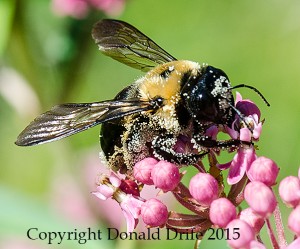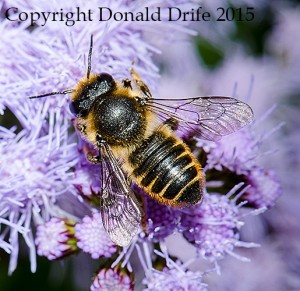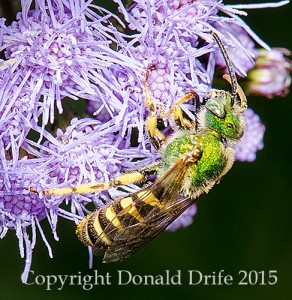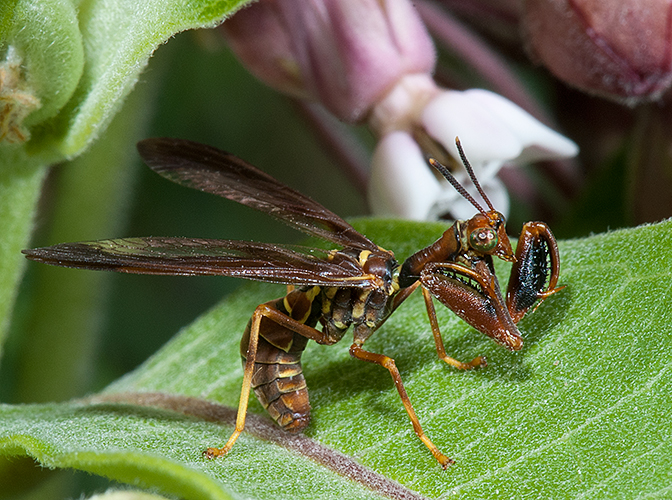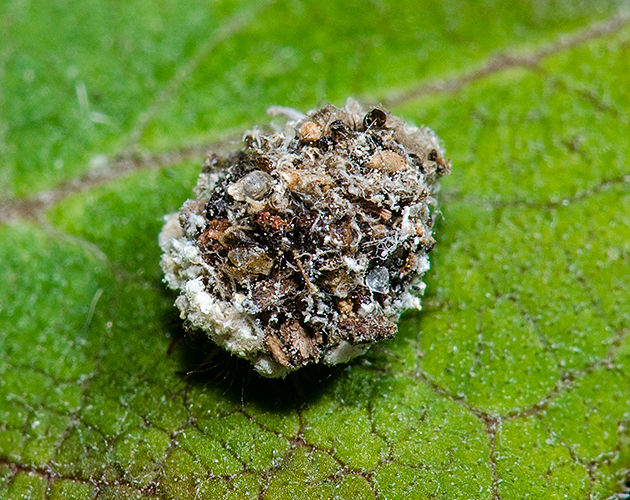With the publication of Michigan Ferns & Lycophytes: A guide to species of the Great Lakes region by Daniel D. Palmer, Michigan gains a long needed handbook. The University of Michigan Press should be proud to produce a fern book modeled on Michigan Trees by Barnes and Wagner and Michigan Shrubs and Vines by Barnes, Dick, and Gunn. Palmer’s book is a worthy addition to this high standard.
The illustrations are scanned images of fern specimens, mostly from fresh material. They are superb, showing key characters such as horsetail stem cross-sections, pinnule and sori enlargements and stipe cross-sections. The keys are excellent. I ran ten different species from my garden through the keys and they worked flawlessly. I then tried a woodfern hybrid and it, of course, did not work below the genus level but with the help of the Dryopteris summary chart I could tell it was Dryopteris xmontgomeryi. Even difficult genera such as Cystopteris (Brittle Ferns) and Equisetum (Horsetails and Scouring-rush) worked well. Not all hybrids are treated in depth except the two common Woodfern hybrids (Triploid Woodfern and Boott’s Hybrid Woodfern) and the four common Horsetail hybrids. The Horsetails have two keys: one termed only a “key” and a second one labeled an “Informal Key to the Michigan species of Equisetum in Midsummer.” Both look quite useful. Summary charts are provided for difficult genera or species pairs. Also helpful are hints on how to distinguish a species from a similar one.
This book is more than a mere identification handbook. It is loaded with helpful tidbits of scientific facts. What the meaning of the scientific name is. The origin of the common name. Reasons behind a revision in the scientific name. Palmer explains Lycopodium powder and the superstitions surrounding the Moonworts. We are told that Rough Scouring Rush is used to “prepare reeds for musical instruments.” Discussions of how hybrids become fertile, the life-cycles of true ferns and lycopods, Michigan fern ecology, nomenclature and synonymy are helpful. Botanical “jargon” is used and can intimidate a beginner. Here again the book helps the beginner. It has a fine written glossary, and an illustrated glossary on pages 67-71.
The maps are the most complete ever printed for Michigan. They are based on specimen records only and show the general range well. They also indicate where further collecting is needed to fill in the large gaps.
I found only a few minor errors. On page 37 Equisetum hyemale subsp. hyemale is contrasted with itself when subsp. affine is meant. On page 184 in the etymology of Osmunda regalis var. spectabilis it is stated that: “Asa Gray named the American variety spectabilis, ‘showy’.” Willdenow named it spectabilis, Gray transferred the name. My quibbles are minor.
Everyone interested in Great Lakes botany should own a copy of this book. With this book Palmer has placed in the reader’s hand all the information required to contribute to the further understanding of Michigan’s pteridophyte flora. The study of ferns and lycopods in Michigan has a long history of “amateurs” making significant contributions. This book will allow that tradition to continue.
Copyright 2018 by Donald Drife
Webpage Michigan Nature Guy
Follow MichiganNatureGuy on Facebook

